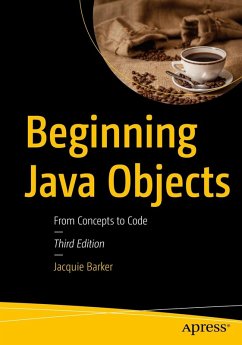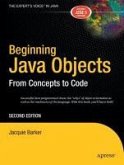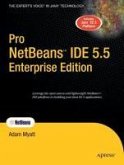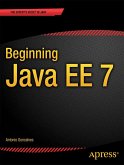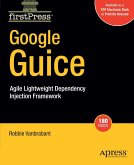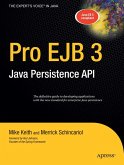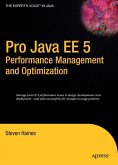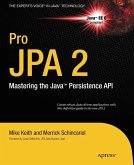As a programming language, Java's object-oriented nature is key to creating powerful, reusable code and applications that are easy to maintain and extend. That being said, many people learn Java syntax without truly understanding its object-oriented roots, setting them up to fail to harness all of the power of Java. This book is your key to learning both!
This new third edition of Beginning Java Objects: From Concepts to Code discusses Java syntax, object principles, and how to properly structure the requirements of an application around an object architecture. It is unique in that it uses a single case study of a Student Registration System throughout the book, carrying the reader from object concepts, to object modeling, to building actual code for a full-blown application. A new chapter covers a technology-neutral discussion of the principles of building a three-tier architecture using Java, introducing the notion of model layer - presentation layer - data layer separation.
Coding examples used throughout the book are Java version-neutral. The core object-oriented principles that you will learn from this book are timeless, and are relevant to all versions of the Java language, as well as to many other object-oriented languages.
The book can be used for individual self-study or as a university-level textbook.
What You Will Learn
- Know basic object-oriented principles, from the simplest notion of classes and objects through the power of encapsulation, abstract classes, and polymorphism
- Approach the requirements for an application to structure it properly around objects
- Render the resultant object model into Java code, building a complete functioning model layer for the Student Registration System case study
- Conceptually round out an object layer by adding presentation and data layers
Dieser Download kann aus rechtlichen Gründen nur mit Rechnungsadresse in A, B, BG, CY, CZ, D, DK, EW, E, FIN, F, GR, HR, H, IRL, I, LT, L, LR, M, NL, PL, P, R, S, SLO, SK ausgeliefert werden.
Es gelten unsere Allgemeinen Geschäftsbedingungen: www.buecher.de/agb
Impressum
www.buecher.de ist ein Internetauftritt der buecher.de internetstores GmbH
Geschäftsführung: Monica Sawhney | Roland Kölbl | Günter Hilger
Sitz der Gesellschaft: Batheyer Straße 115 - 117, 58099 Hagen
Postanschrift: Bürgermeister-Wegele-Str. 12, 86167 Augsburg
Amtsgericht Hagen HRB 13257
Steuernummer: 321/5800/1497
USt-IdNr: DE450055826
Bitte wählen Sie Ihr Anliegen aus.
Rechnungen
Retourenschein anfordern
Bestellstatus
Storno

